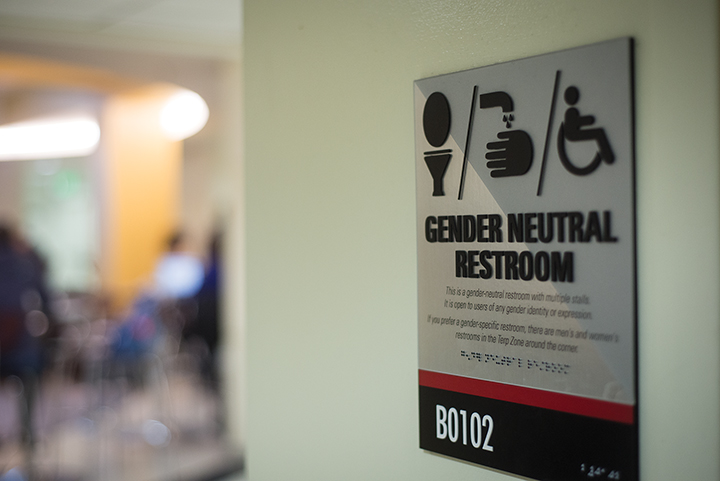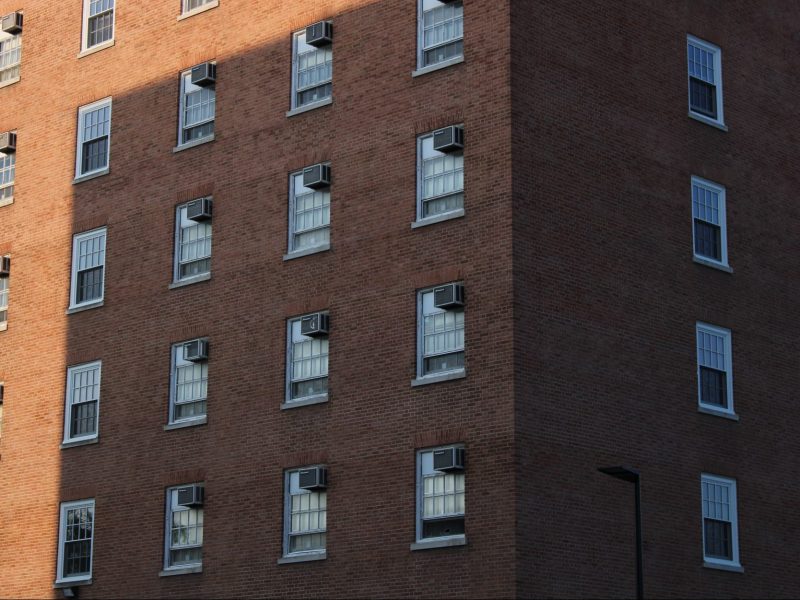Restaurante Ojalá is my favorite restaurant in Madrid, but not just because of the beach bar in the basement or the insanely good burgers. No, Restaurante Ojalá is my favorite restaurant because of the lack of privacy. There is only one set of stalls in the establishment with a sign that reads GENDER NEUTRAL TOILETS. I chatted with the guy in line behind me to pretend that I was not having the same internal freakout written all over his face.
Gender-neutral bathrooms are now available at the University of Maryland, but legislation that requires people to use bathrooms based on their biological sex has become a pernicious aspect of the national agenda. The mere issue of choosing which bathroom to use is a daily struggle for transgender people; these bills not only exacerbate the problem but also discount the very identities of transgender people. Advocates of these bathroom bills claim that allowing transgender people to use the bathrooms of their choice would expose women to sexual assault.
More liberal communities, such as San Francisco, are fighting back against the bathroom bills by mandating that buildings in the city relabel single-stall restrooms as gender-neutral. Though these laws intend to offer equal access to transgender people, I worry that this only enhances the problem. Instead of acknowledging gender fluidity, we are creating yet another restrictive identifier: Now, we identify as man, woman or other. Every time transgender people use a gender-neutral bathroom, they are outing themselves. Instead of implementing this frankly wasteful practice of demanding that businesses have three separate bathrooms, why is it necessary to have sex-segregated bathrooms at all?
Like many challenges facing the LGBT community, bathroom bills expose a social malignancy that has been invisible until now. Sex-segregated bathrooms do not protect the privacy of women; they enforce the boundary between men and women. In a 2014 Slate article, Ted Trautman cites that sex-segregated bathrooms arose because “Women’s growing presence in the factory workforce, and in public life more generally, triggered a paternalistic impulse to ‘protect’ women from the full force of the world outside their homes, which manifested itself architecturally in a bizarro parallel world of spaces for women adjacent to but separate from men’s.” Separate spaces exacerbate the issue of interpersonal violence rather than protect against it. Sex segregation perpetuates this idea that women can only be safe when they are physically separate from men.
When using the gender-neutral stalls in Restaurante Ojalá, I felt as though I was walking into the belly of the beast; I walked out mostly enamored by the foot-operated sinks. Sex-segregated bathrooms do not ease social anxiety between sexes and genders; they create it. The quasi-sacred spaces of public restrooms do not protect men or women but challenge our ability to coexist. The mysteriousness of the other bathrooms is imagined; we are all doing the same thing in there, anyway.
Emily Shwake is a senior English major. She can be reached at eshwakedbk@gmail.com.



